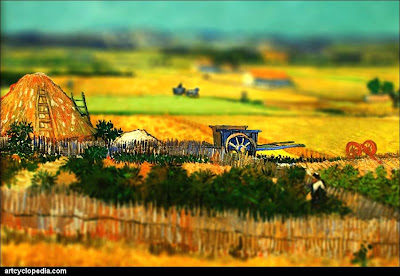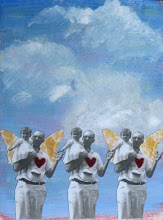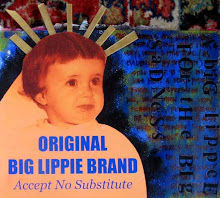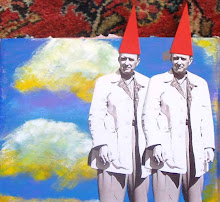
If I, for my part, have some confidence in my own work, it is also because it costs me too much effort for me to believe that nothing will be gained by it or that it is done in vain.
You must by no means suppose that I have great illusions about the appreciation of my work; I think one must be satisfied if one succeeds in convincing a few people of the seriousness of one's intentions, and is understood by them without flattery. For the rest, if there is anything more than that, so much the better, but one must think about it as little as possible. But one need not mind what people in general say and do.
Vincent in a letter to Theo, April 1884.
Parsonage With Flowering Trees, sketch enclosed in the above letter, Nuenen, 1884










